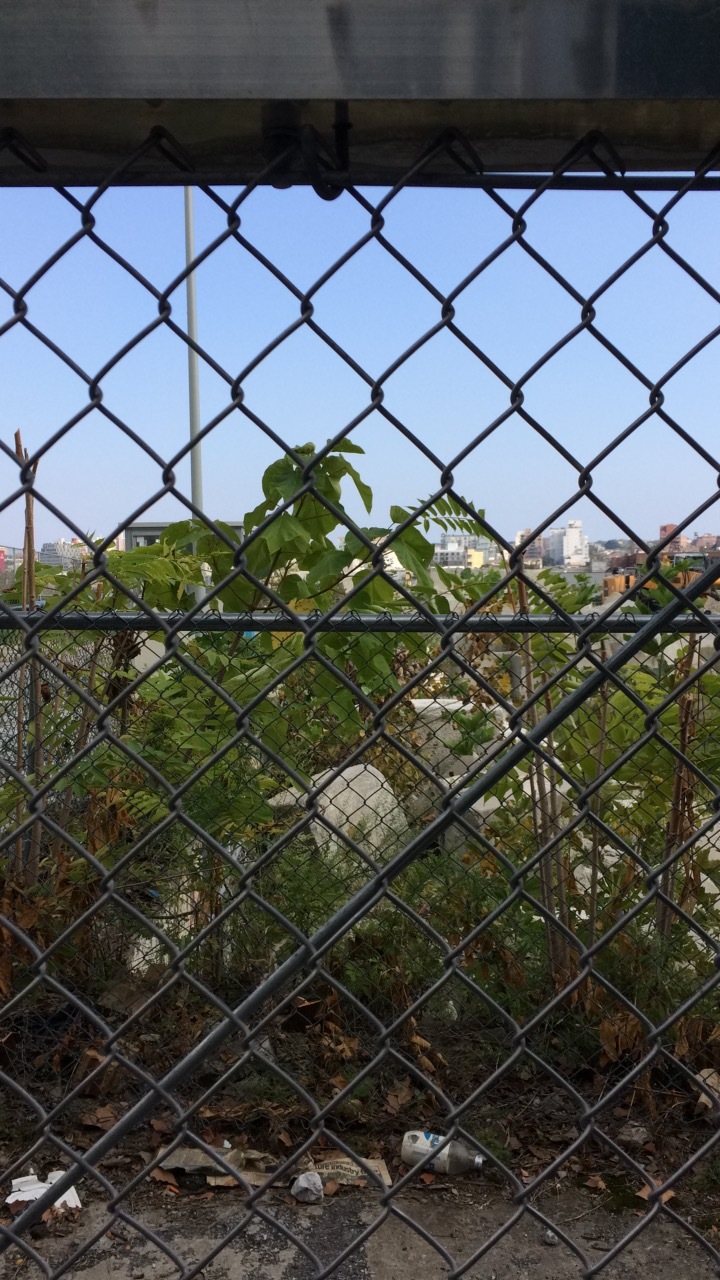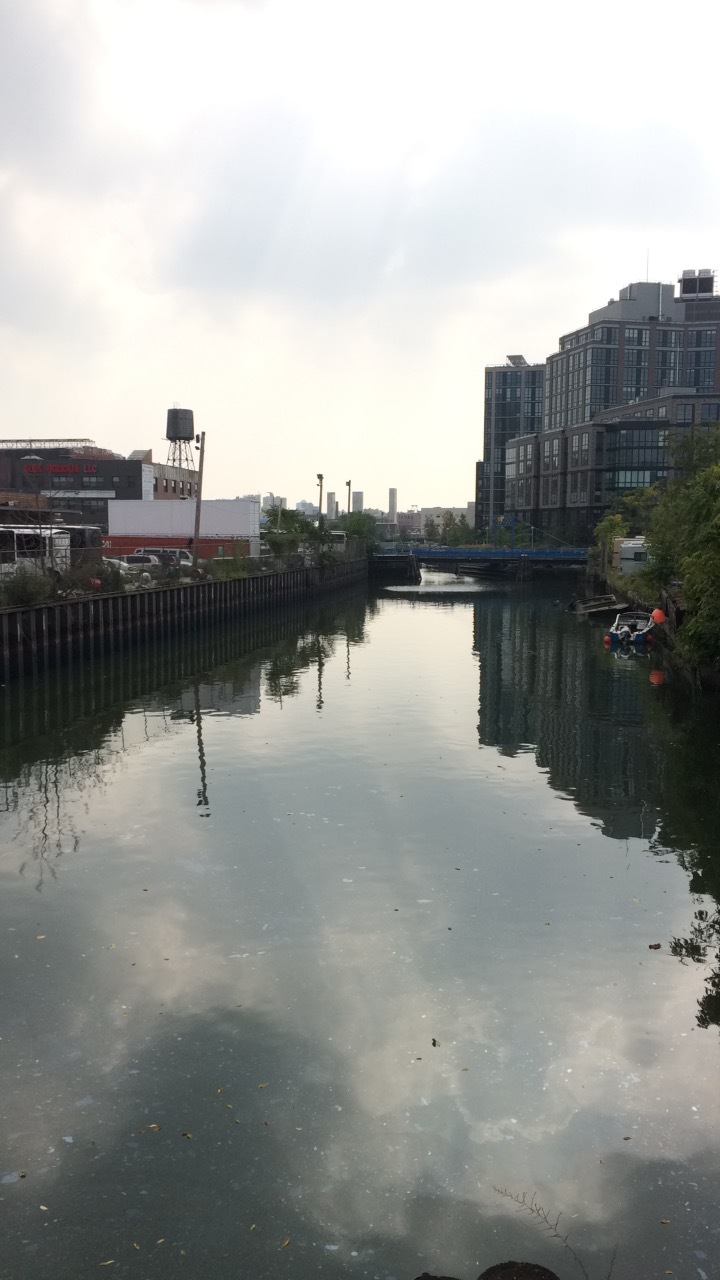Hello internet friends! I'm Amanda, the operations manager here at Lanternfish Press. I usually lurk behind the scenes around here. I'm definitely more than half mountain-top hermit, but it seems like a good time to come out and say hello.
I spend a lot of time in the outdoors. I read a lot of nature writing too. It provides a respite from all the hubbub and anxiety of modern life, a connection to the wild even when I'm at my desk in Philadelphia. Here are my favorite books to soothe the soul and remind us of our place in the wide universe.
The Outermost House
Henry Beston wrote The Outermost House during a year that he spent living in a tiny cottage on the dunes at the very tip of Cape Cod. It is a truly beautiful piece of writing. Beston's sentences feel like they are spun from pure magic. He describes his motivation:
"The world is sick to its thin blood for lack of elemental things, for fire before the hands, for water welling from the earth, for air, for the dear earth itself underfoot. In my world of beach and dune these elemental presences lived and had their being, and under their arch there moved an incomparable pageant of nature and the year. The flux and reflux of ocean, the incomings of waves, the gatherings of birds, the pilgrimages of the people of the sea, winter and storm, the splendour of autumn and the holiness of spring-- all these were part of the great beach. The longer I stayed, the more eager was I to know this coast and to share its mysterious and elemental life; I found myself free to do so, I had no fear of being alone, I had something of a field naturalist's inclination; presently I made up my mind to remain and try living for a year on Eastham Beach."
Now, I'm not really a water person. I like solid earth under my feet at all times, but even I can hear the wild call of the ocean in Beston's words. I also really like how Beston has the pulse of modern life, even though The Outtermost House was published in 1928. He describes perfectly the source of my frustrations living in the city and doing work which ties me to a desk and a computer:
"A year indoors is a journey along a paper calendar; a year in outer nature is the accomplishment of a tremendous ritual. To share in it, one must have a knowledge of the pilgrimages of the sun, and something of that natural sense of him and feeling for him which made even the most primitive people mark the summer limits of his advance and the last December ebb of his decline."
My favorite passage from the book points to the relationship between humans and animals. He reminds us that humans are, after all, animals too and our fates are intimately connected:
"Remote from universal nature, and living by complicated artifice, man in civilization surveys the creature through the glass of his knowledge and see thereby a feather magnified and the whole image in distortion. We patronize them for their incompleteness, for their tragic fate of having taken form so far below ourselves. And therein we err, and greatly err. For the animal shall not be measured by man. In a world older and more complete than ours they move finished and complete, gifted with extensions of the sense we have lost or never attained, living by voices we shall never hear. They are not brethren, they are not underlings; they are other nations, caught with ourselves in the net of life and time, fellow prisoners of the splendour and travail of the earth."
I would recommend to The Outtermost House to anyone feeling a little unhinged by the modern world. Bonus points if you enjoy reading aloud (this book is perfect for it!).
The Living Mountain
The Living Mountain is a book that I don't think I would have found on my own (thanks Christine!). Written during the Second World War and not published until 1977, The Living Mountain is a glimpse into nature at a time of deep human conflict. Nan Shepard offers us a unique perspective on a life spent outside.
I feel a particular kinship with the book, knowing that the author was definitely a morning person like me.
"I have left at dawn, and up here it is still morning. The midsummer sun has drawn up the moisture from the earth, so that for part of the way I walked in a cloud, but now the last tendril has dissolved into the air and there is nothing in all the sky but light. I can see to the ends of the earth and far up into the sky."
It's also apparent that Nan Shepard really loved spending time outside. She talks about staying out overnight, away from walls and lights, in a way that transports me right into my tent.
No one knows the mountain completely who has not slept on it. As one slips over into sleep, the mind grows limpid; the body melts; perception alone remains. One neither thinks, nor desires, nor remembers, but dwells in pure intimacy with the tangible world.
I would recommend The Living Mountain to anyone contemplating reading Walden. Pick this up instead.
Arctic Dreams
Arctic Dreams is a captivating combination of nature writing and science writing in perfect balance. The prose and story telling in the book made me think of the arctic in a whole new way. Plus I learned about fascinating things like Novaya Zemlya images, the formation of sea ice, and fata morgana.
I particularly enjoyed Lopez's discussion of how humans fit into the arctic environment.
The arctic reminds one of the desert not only because of the lack of moisture and the barren topography, but because it puts a like strain on human life. It favors tough and practical people, people aware of the vaguest flutter of life in an environment that seems featureless and interminable to the untrained eye. People with a predator's alertness for minutiae, for revealing detail.
Most of us spend our lives separated for the forces of nature. Rarely (if ever) do we find ourselves situations where we must depend on our wits, observation, and experience for our survival in the immediate term. Interactions between humans, animals, and the environment look different when survival is on your mind.
It not only takes a long time of watching the animal before you can say what it is doing; it takes a long time to learn how to watch. This point is raised deferentially but repeatedly, in encounters with Eskimos. They are uneasy, they manage to say about the irrevocability of decisions made by people who are not sensually perceptive, not discriminating in these northern landscapes, not enthusiastic about long term observations. When I hear these points made, my instinct is to nod yes; but it always causes me to reflect on something else-- how dependent we are on Western field biologists to tell us fully and accurately what the animals did while they were there. How we hope they regain some approximation of "the native eye" in their studies.
Lopez's description of the mutual predation between humans and polar bears really resonated with me. He describes the feeling of simultaneous self-sufficiency and dependence that I experience when I'm out backpacking. The feeling that you are out there alone and must rely wholly on yourself, and yet you remain dependent on other humans because you can't stay out there forever.
"To encounter the bear, to meet it with your whole life, was to grapple with something personal. The confrontation occurred on a serene, deadly, and elevated plain. If you were successful you found something irreducible within yourself, like a seed. To walk away was to be alive, utterly. To be assured of your own life, the life of your kind, in a harsh land where life took insight and patience and humor. It was to touch the bear. It was a gift from the bear."
I would recommend Arctic Dreams to anyone who enjoys nature or science writing in a general sense. It is an excellent introduction to the arctic as a place and an ecosystem. It is a humbling and inspiring read. I'll leave you with my favorite passage:
"It was still dark, and I though it might be raining lightly. I pushed back the tent flap. A storm-driven sky moving swiftly across the face of a gibbous moon. Perhaps it would clear by dawn. The ticking sound was not rain, only the wind. A storm, bound for somewhere else."
















